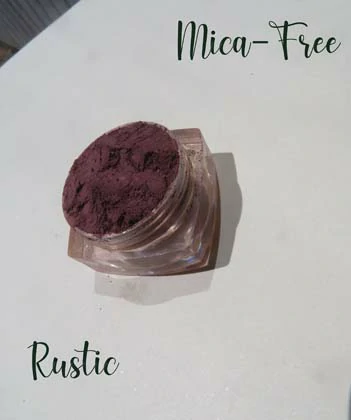Title: Near-infrared Light-Emitting Nitrogen and Sulfur-Doped Graphene Quantum Dots
Introduction:
In recent years, the field of nanotechnology has witnessed significant advancements with the discovery of various novel materials and their unique properties. Among these, graphene quantum dots (GQDs) have emerged as a promising candidate due to their exceptional conductivity, high stability, and tunable optoelectronic properties. Researchers have made remarkable progress in enhancing GQD performance through doping techniques. In particular, nitrogen and sulfur-doped graphene quantum dots have attracted significant attention for their near-infrared light-emitting properties. This article explores the synthesis, characteristics, and potential applications of these extraordinary nanomaterials.
Synthesis of Nitrogen and Sulfur-Doped Graphene Quantum Dots:
The synthesis of nitrogen and sulfur-doped GQDs involves a straightforward and cost-effective method. Initially, graphene oxide is obtained from graphite using the Hummers method. Subsequently, it is thermally treated to obtain reduced graphene oxide (rGO). Then, nitrogen and sulfur precursors are introduced during the thermal treatment. Nitrogen doping helps to introduce sp2 hybridized carbon atoms and facilitates the formation of emissive states, while sulfur doping introduces additional energy levels. The final step involves the exfoliation of rGO sheets into small, discrete nanoscale graphene quantum dots.
Characteristics of Nitrogen and Sulfur-Doped Graphene Quantum Dots:
1. Near-infrared Emission: One of the key features of nitrogen and sulfur-doped GQDs is their ability to emit light in the near-infrared (NIR) range. This property is highly desirable for various applications in bioimaging, photothermal therapy, and telecommunications.
2. Size-Dependent Tunability: The optical properties of these doped GQDs can be precisely tuned by controlling their size and surface chemistry. This allows for a wide range of customizable applications.
3. High Photostability: Nitrogen and sulfur-doped GQDs exhibit exceptional photoluminescence stability, making them suitable for long-term imaging and sensing applications.
4. Biocompatibility: These nanomaterials possess excellent biocompatibility and low cytotoxicity, making them ideal candidates for bioimaging, drug delivery, and biomedical sensing.
5. Enhanced Electron Transfer: The introduction of nitrogen and sulfur atoms in the graphene lattice improves the electrical conductivity and charge transfer kinetics, enabling enhanced electrochemical sensing and energy storage applications.
Potential Applications:
1. Bioimaging and Biosensing: The NIR emission capability of nitrogen and sulfur-doped GQDs makes them valuable for non-invasive bioimaging and biosensing applications. They can be utilized to detect and visualize specific biomolecules, analyze cell behavior, and monitor disease progression with high sensitivity and selectivity.
2. Photothermal Therapy: These doped GQDs can absorb and convert NIR light into heat, providing a non-invasive therapeutic approach for cancer treatment. The localized heating effect can selectively damage tumor cells while sparing healthy tissues.
3. Optoelectronic Devices: Nitrogen and sulfur-doped GQDs have promising potential in the development of optoelectronic devices such as solar cells, light-emitting diodes (LEDs), and photodetectors. Their tunable optical properties and high conductivity make them suitable for efficient energy conversion and light modulation.
4. Energy Storage: The enhanced charge transfer kinetics and electrical conductivity of these doped GQDs make them suitable for energy storage applications, including supercapacitors and lithium-ion batteries.
Conclusion:
The synthesis of nitrogen and sulfur-doped graphene quantum dots has opened up new opportunities for the development of functional nanomaterials with near-infrared light-emitting properties. Their unique characteristics, such as tunable emission, high photostability, and biocompatibility, make them highly attractive for a wide range of applications. The exploration of their potential in fields such as bioimaging, photothermal therapy, optoelectronics, and energy storage holds great promise for future technological advancements. Continued research and development in this area will undoubtedly bring forth new discoveries and further unlock the immense potential of these remarkable nanomaterials.
.webp)
